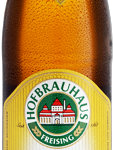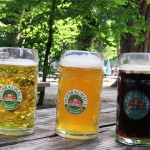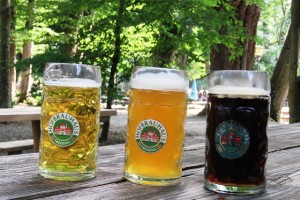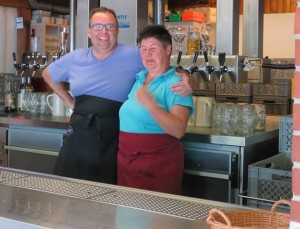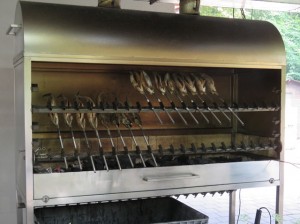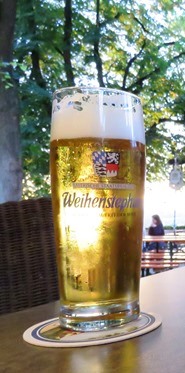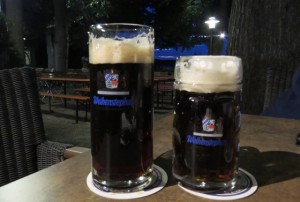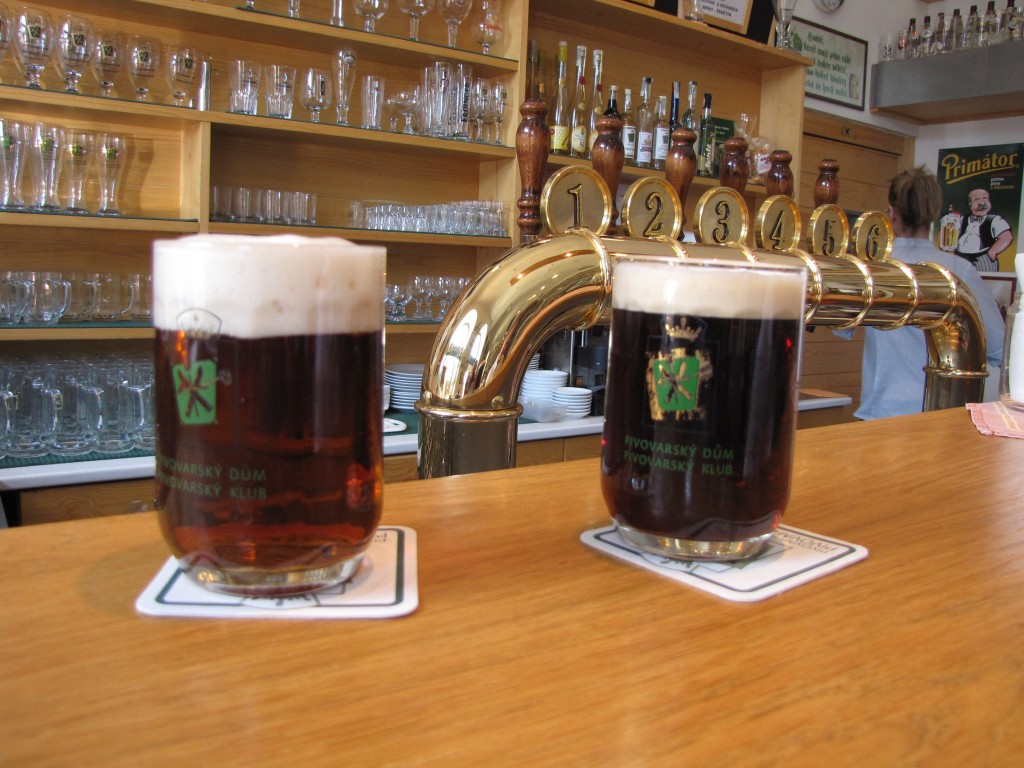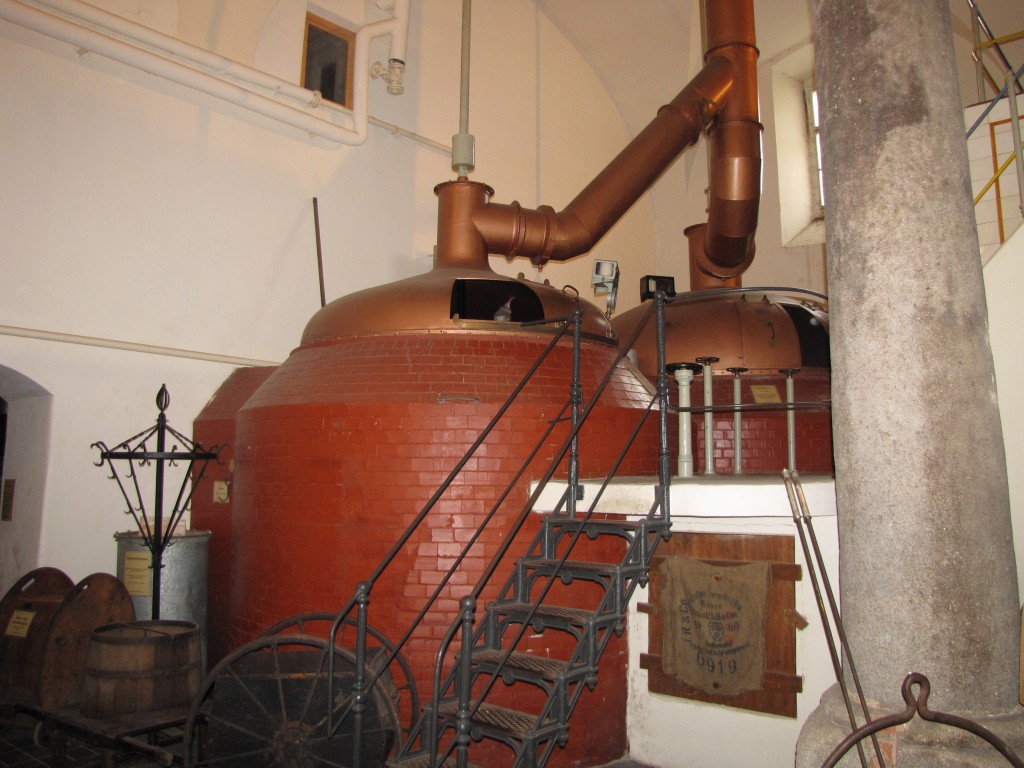
Hofbrauhaus Freising Graf Ignaz Premium Pilsner: A Southern Sparkler
Abv 4.9%

Logo from brewery website used for educational purposes.
Definitive German Pilsners tend to come from north of Munich. Franconia has more than its share, including the late lamented Jahns Brau, a hoppy wonderbrau that inspired our Tuppers’ Keller Pils. Still, pilsner beers took Munich by storm about a century ago and held their own in the Munich market for several decades. Helles beers took a back seat for a while as a couple of dozen Munich breweries vied to capitalize on the pilsner frenzy In the last 20 years, pils have stepped back in the Munich area giving market share to draft Hefeweizens and resurgent helles.
A few pilsners continue to hold their own in Munich. Spaten’s is good and Lowenbrau brewed one of our top rated beers in the world in the late 1970s. By volume, pilsners are almost an afterthought. We think one of the reasons is that pilsners are usually served in third liter bottles in beer halls that specialize in half liter helles beers. And the pils is usually a bit more expensive for that shorter beer. We spent some time in the Augustiner Keller with one of America’s best brewers last year – he’s a graduate of the world’s best Weihenstephan’s brewing university—and he suggested that the pilsner are a high profit item. The brewers like to suggest the pilsner is much more expensive to make; our brewer friend highly doubts the cost is much more.
We loved the Hofbrauhaus Freising’s pilsner at their Keller overlooking the brewery on one of Freising’s hills.
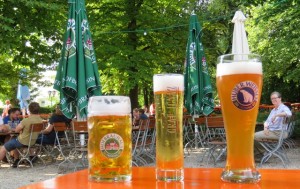
Pilsner may be served in a delicate size (center), but it’s still a bargain at the keller.
A superior pilsner at a very fair price, the Graf Ignaz Premium Pilsner pours at the Hofbrauhaus Freising Keller at a bargain price of 3 Euros – about 9 Euros a liter, a bit less than you’ll pay for a liter of helles at most Munich beer gardens and beer halls. [Beer Review # 0121 20170920]
Tasting notes: It’s the malt that balances the hops in this yummy, crisp, very German pils. An eventual helles malt supports moreish ness but the big noble hops return time and time again. We don’t know how long it ages, but it’s clear they don’t cut corners; six weeks or more would not surprise us.
Food Pairings: The light hoppy spice of a pilsner pairs beautifully with a schnitzel, but it’s versatile and can hold up to spicier foods than a helles. [Beer Review # 0121 20170920]
NEXT WE’LL START A WEEK IN ATHENS – WONDERFUL PEOPLE AND SURPRISINGLY GREAT BEER

